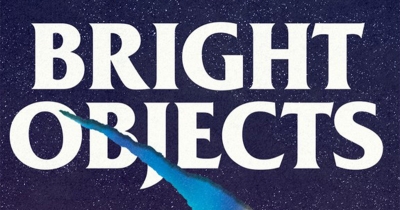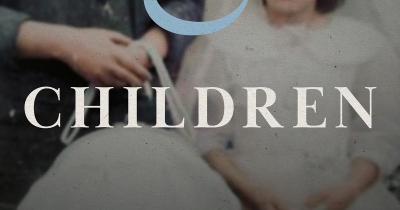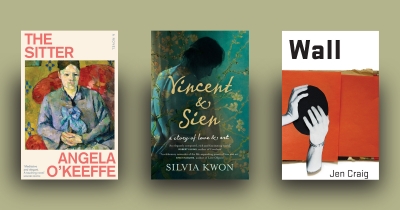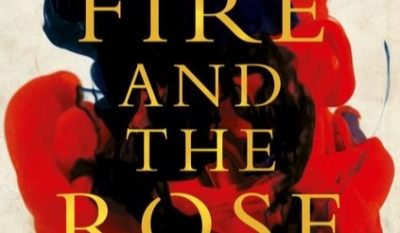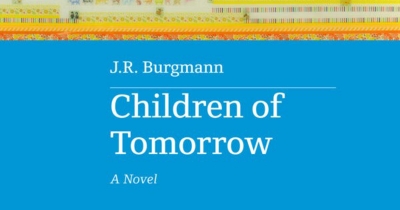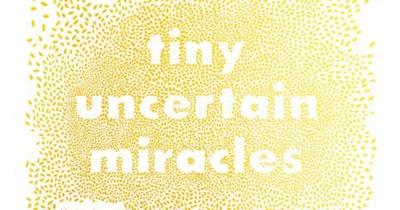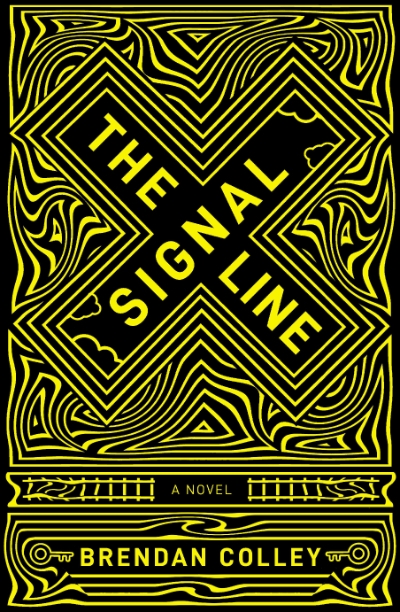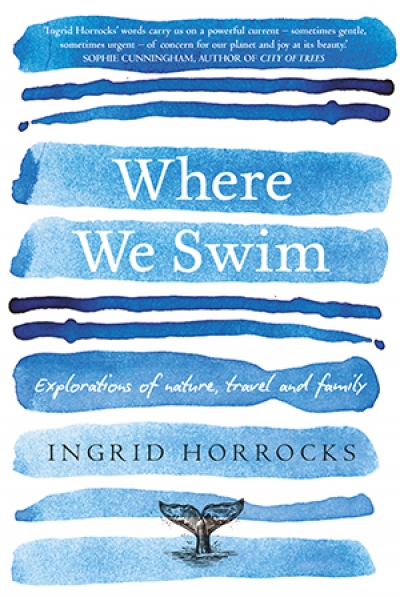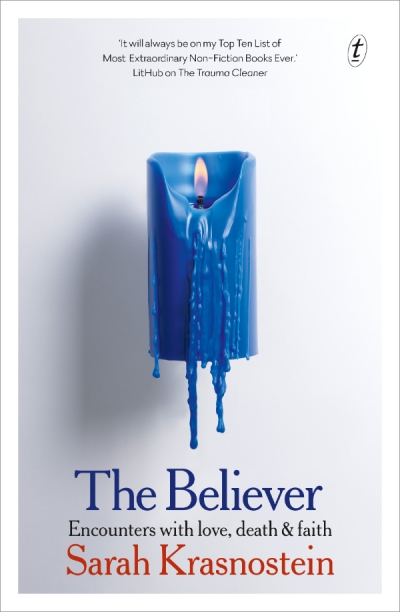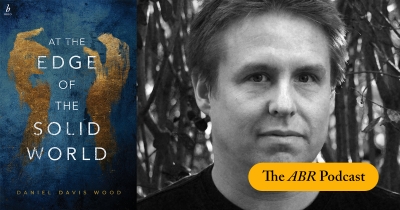Naama GreySmith
The Sitter by Angela O'Keeffe & Vincent & Sien by Silvia Kwon
by Naama Grey-Smith •
Where We Swim: Explorations of nature, travel and family by Ingrid Horrocks
by Naama Grey-Smith •
The Believer: Encounters with love, death and faith by Sarah Krasnostein
by Naama Grey-Smith •
In today’s episode, Naama Grey-Smith reads her review of At the Edge of the Solid World, the second book of fiction by the Australian writer Daniel Davis Wood. The novel follows the breakdown of the lives of a man and wife in the aftermath of the death of their firstborn. Naama Grey-Smith, an editor, publisher and critic based in Fremantle, Western Australia, reviews the book for ABR’s January-February issue – describing it as ‘a masterclass in wedding form to content’.
... (read more)
